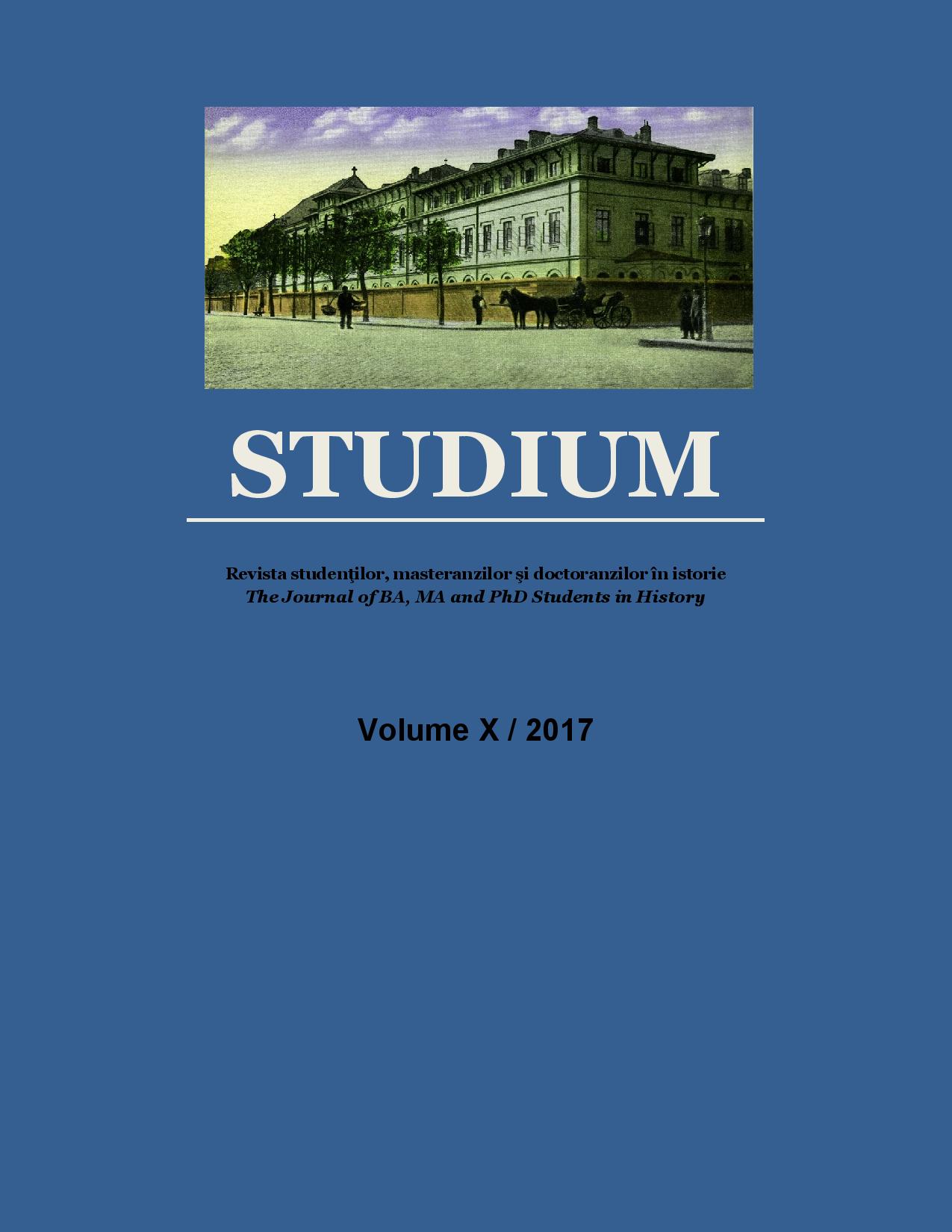FOAIA DE ZESTRE ÎN MOLDOVA SEC. XVI-XVIII: CONSTITUIRE ȘI VALIDARE. NORMELE DE ÎNTOCMIRE ALE UNEI FOI DE ZESTRE, CUPRINSE ÎN PRĂVILIOARA DE LA IAȘI DIN 1784
Dowry papers in XVI-XVIIIth Century Moldova: Composition and Validation. Norms for drawing-up dowry papers, as contained by the 1784 Jassy Codex
Author(s): Petrişor Aurelian Lazăr, Petrişor-Aurelian LazărSubject(s): History
Published by: Universitatea »Dunarea de Jos« din Galati -Facultatea de Istorie, Teologie și Filosofie
Keywords: dowry; family; negotiation; witnesses; validation
Summary/Abstract: In the Romanian society of the Middle Ages, dowry represented a part of the paternal patrimony to which a daughter was entitled after marriage; it was indispensable and only in rare cases could a girl marry without a dowry. Its composition was one of the father's obligations, and in his absence this duty was laid on another person leading the family, so girls received dowry from the parental wealth at a certain moment when the father decided to divide his heritage. The dowry was made according to the status and the possibility of each family, not too small for a boyar family and not too big for a simple-born daughter. The parents considered the value of the dowry without regard to any custom or law, but it wouldn't be inferior to their rank and family estate. In simple families, the girl went into her new house with the little that the father had endeavored to procure. The dowry comprised of personal objects for the girl, as well as some animals, according to the family's welfare; clothes and jewels started to show up in dowry documents of families with a higher social rank.
Journal: Studium - Revista studenţilor, masteranzilor şi doctoranzilor în istorie
- Issue Year: 2017
- Issue No: 10
- Page Range: 5-40
- Page Count: 36
- Language: Romanian

